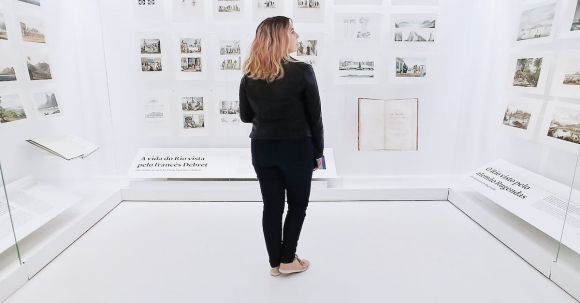Art conservation and restoration is an intricate and fascinating field that plays a crucial role in preserving our cultural heritage. It involves the careful examination, analysis, and treatment of artworks to maintain their aesthetic and structural integrity. This article explores the various aspects of art conservation and restoration, highlighting the challenges faced by professionals in this field and the importance of their work.
Understanding the Artwork
Before any restoration work can begin, art conservators must first understand the artwork they are dealing with. This involves studying the artist’s techniques, materials used, and the historical context in which the artwork was created. By gaining a deep understanding of the artwork, conservators can make informed decisions about the appropriate treatment methods.
Cleaning and Surface Consolidation
One of the primary tasks of art conservators is the cleaning of artworks. Over time, artworks can accumulate layers of dirt, grime, and varnish, which can alter their appearance and deteriorate the underlying layers. Conservators carefully remove these layers using specialized techniques and cleaning agents that are safe for the artwork.
Additionally, art conservators often encounter artworks that have fragile or flaking surfaces. To prevent further damage, they employ surface consolidation techniques. These involve the application of adhesives or consolidants that reinforce the fragile layers, ensuring the artwork remains intact.
Repairing Damaged Areas
Artworks are susceptible to damage over time due to factors such as handling, environmental conditions, or accidents. Art conservators are skilled in repairing these damaged areas using various techniques. They may use reversible materials to fill in cracks or losses, ensuring minimal impact on the original artwork.
Retouching and Inpainting
In some cases, artworks may have areas of paint loss or fading. Art conservators have the expertise to retouch and inpaint these areas, using pigments that match the original colors and maintaining the integrity of the artwork. This process requires a keen eye and a deep understanding of the artist’s techniques to seamlessly blend the retouched areas with the original artwork.
Preventive Conservation
Art conservation is not limited to treating existing damage; it also involves preventive measures to slow down the deterioration of artworks. This includes controlling the environmental conditions in which the artwork is displayed or stored. Factors such as temperature, humidity, and light exposure can have a significant impact on the longevity of an artwork. Art conservators work closely with museums, galleries, and collectors to establish suitable environmental conditions and develop strategies to minimize potential risks.
The Role of Technology
Advancements in technology have revolutionized the field of art conservation and restoration. Techniques such as X-ray imaging, infrared reflectography, and multispectral imaging have become invaluable tools for art conservators. These technologies allow conservators to examine artworks in ways that were previously impossible, revealing hidden layers, identifying alterations, and informing treatment decisions.
Preserving Cultural Heritage
Art conservation and restoration play a vital role in preserving our cultural heritage. Through their work, art conservators ensure that future generations can appreciate and learn from the artistic achievements of the past. By preserving artworks, they contribute to the collective memory and history of humanity.
In conclusion, art conservation and restoration is a complex and intricate field that requires a deep understanding of art history, materials, and techniques. Art conservators employ a range of techniques to clean, repair, and preserve artworks, ensuring their longevity and aesthetic value. Their work not only safeguards our cultural heritage but also allows us to continue to appreciate and learn from the artistic achievements of the past.
